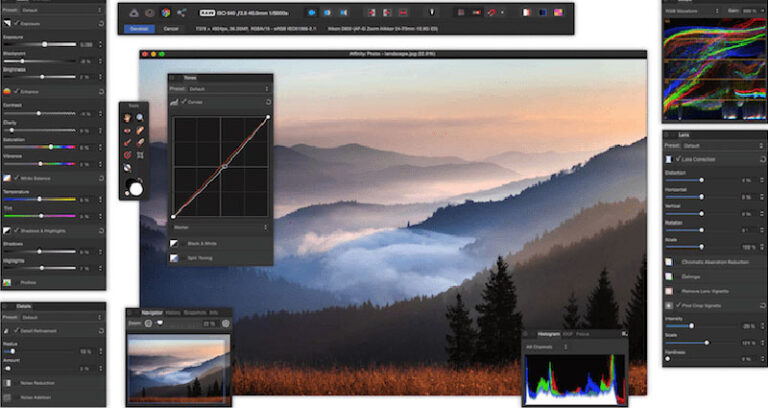
Surprisingly, we also observed less frequent visualization of stellate and coeliac ganglia, which underscores the differences in chemical bio distribution between 68Ga -PSMA-11 and 18F -DCFPyL radiotracers. This includes more frequent visualization of cervical and sacral ganglia, which may be attributable to better imaging characteristics with 18F PET imaging. We have observed different patterns of ganglion visualization with 18F-DCFPyL compared to 68Ga-PSMA-11. Recent studies reported metabolic uptake in at least one of the evaluated ganglia in 98.5% of patients undergoing 68Ga -PSMA and in 96.9% of patients undergoing 2-(3-(1-carboxy-5-fluoro-pyridine-3-carbonyl)-amino]-pentyl)-ureido)-pentanedioic acid ( 18F-DCFPyL) PET/CT examination. However, PSMA uptake in ganglia may also visualize additional ganglia within the imaged field of view. More recently, uptake in stellate ganglia has also been recognized on 68Ga -PSMA-HBED PET/CT imaging. High 68Ga -PSMA-11 uptake was initially described in coeliac ganglia, where it may mimic lymph node metastases. There is also the possibility that such agents may improve imaging quality owing to better nuclear decay characteristics including shorter positron emission range.

Whilst experience initially evolved with 68Ga –PSMA-11 PET/CT, there is increasing use of 18F-labelled PSMA radiotracers, which may have advantages for large-scale production fulfilling good manufacturing practice (GMP). However, 68Ga -PSMA-11 uptake is not completely specific to PC. Several recent studies have revealed accurate primary staging and restaging after biochemical recurrence of prostate cancer (PC) using Gallium-68 Prostate Specific Membrane Antigen ( 68Ga -PSMA PET/CT).


 0 kommentar(er)
0 kommentar(er)
